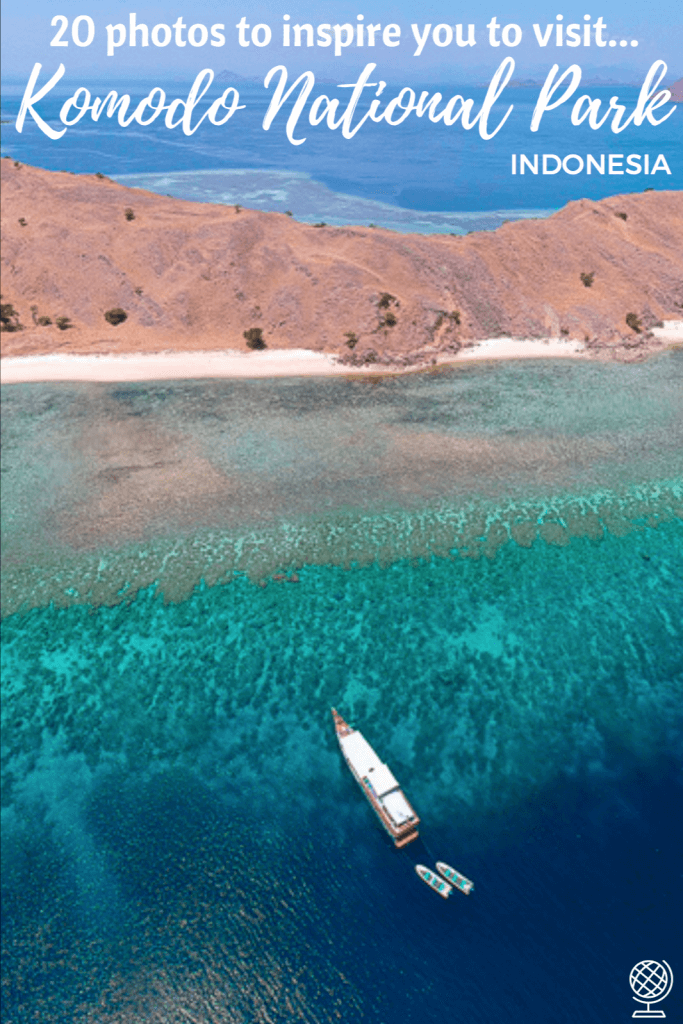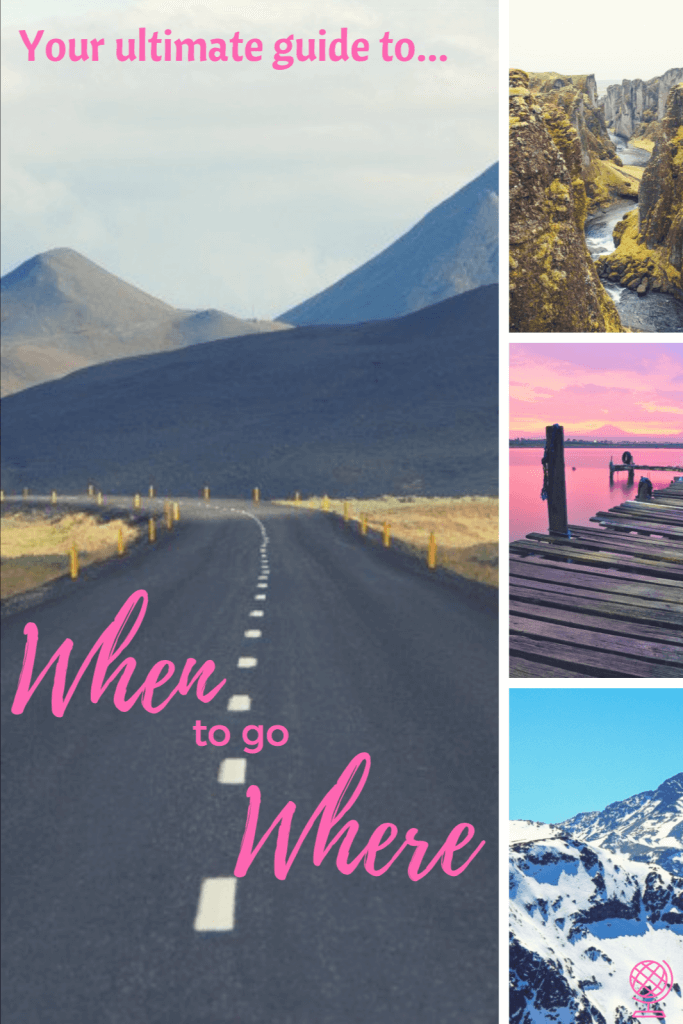Famous for the Komodo dragon, the largest lizard in the world, Komodo National Park in Indonesia is the only place in the world you can see these slightly terrifying animals in the wild. Aside from these unique land dwelling creatures, below the waters of Komodo lies another amazing world ready to be discovered as manta rays glide past and sharks bask in the shallows. Explore my 20 favourite photos from my Komodo liveaboard experience, one for the bucketlist!
Komodo National Park: My Top 20 Photos
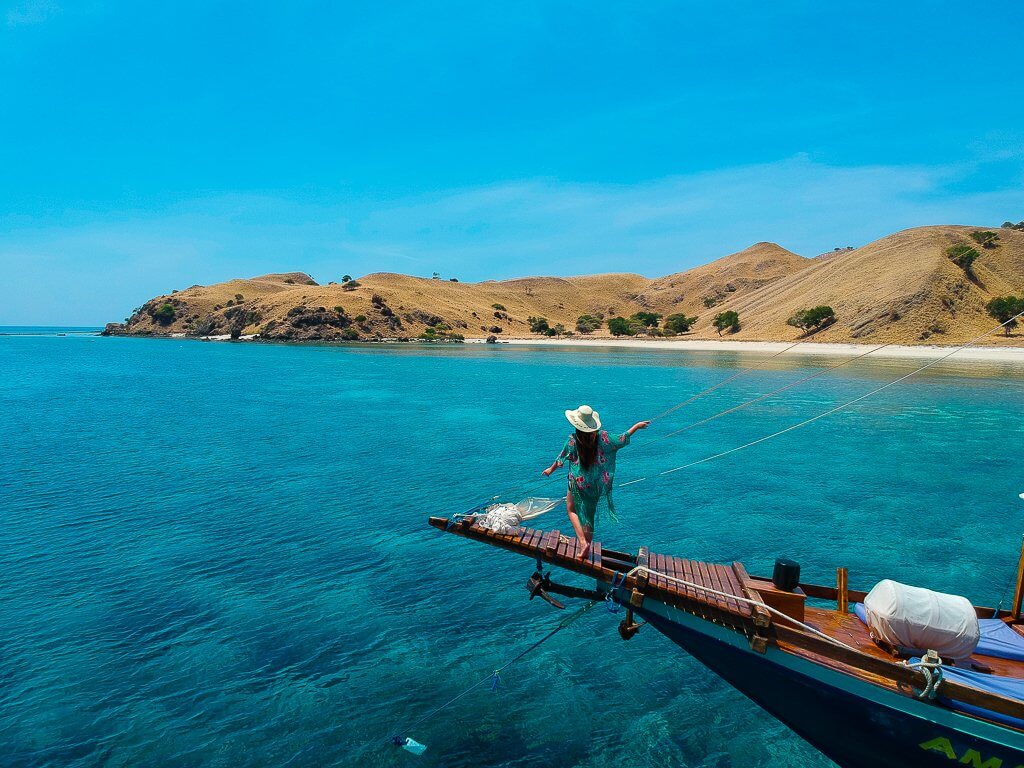
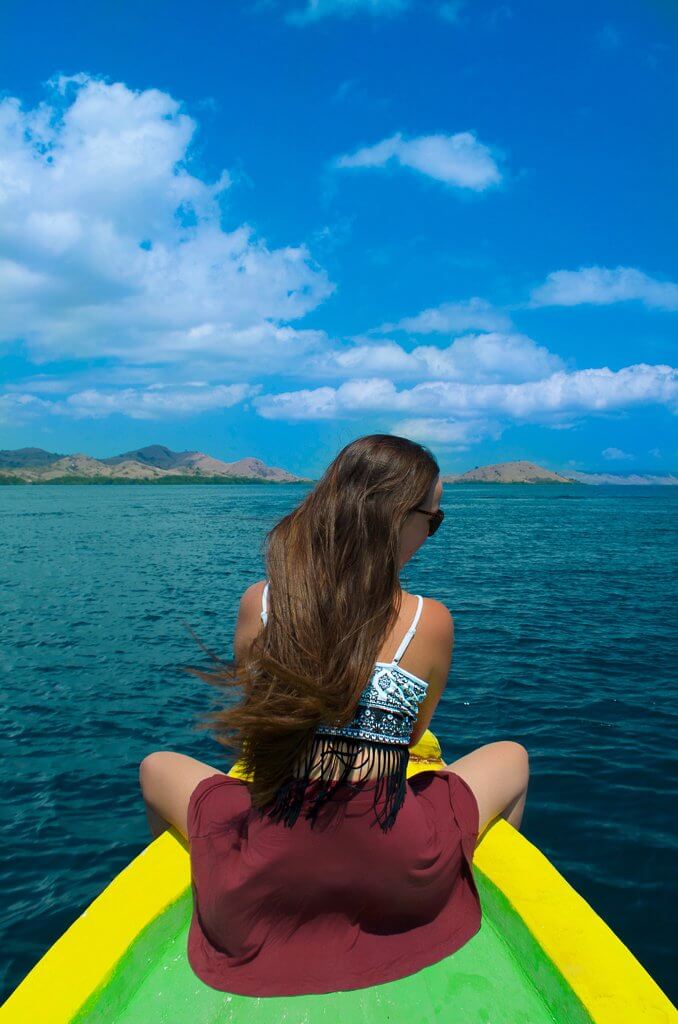
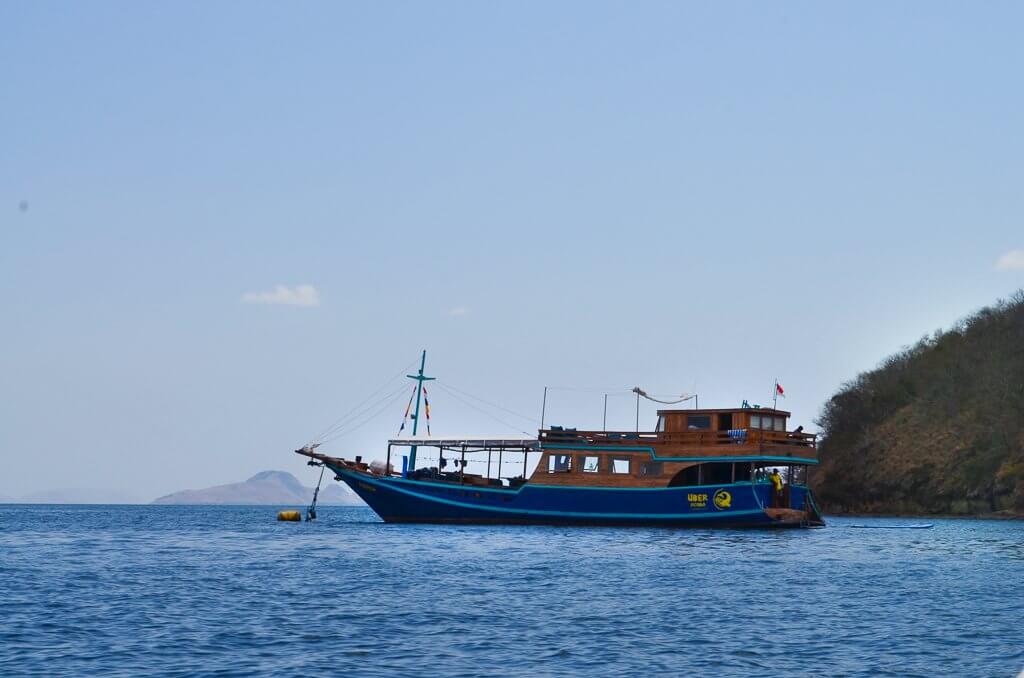
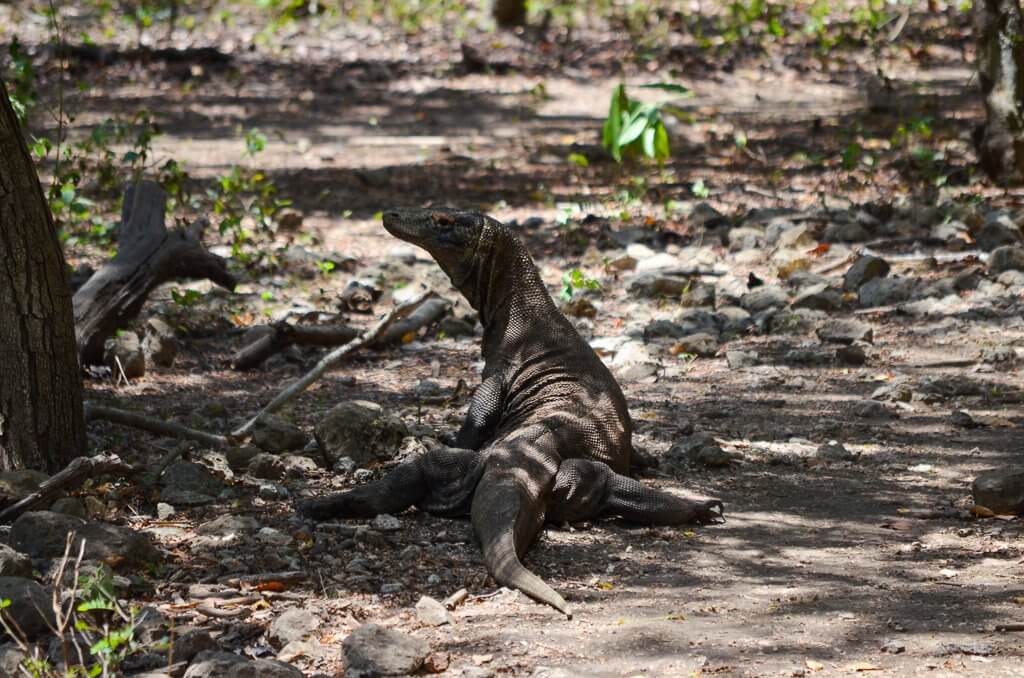
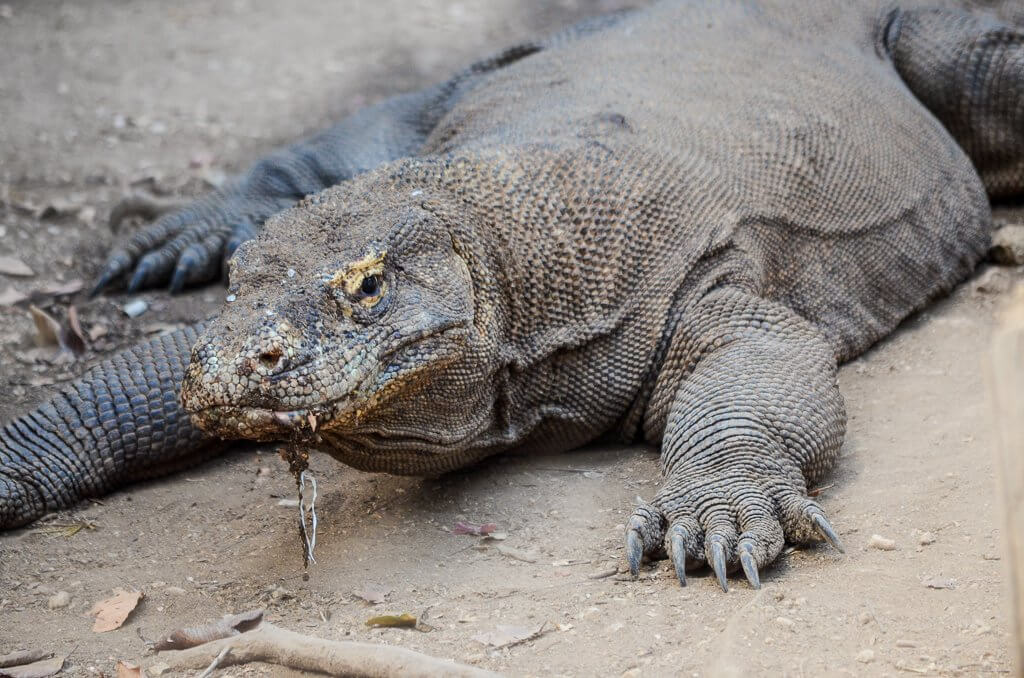
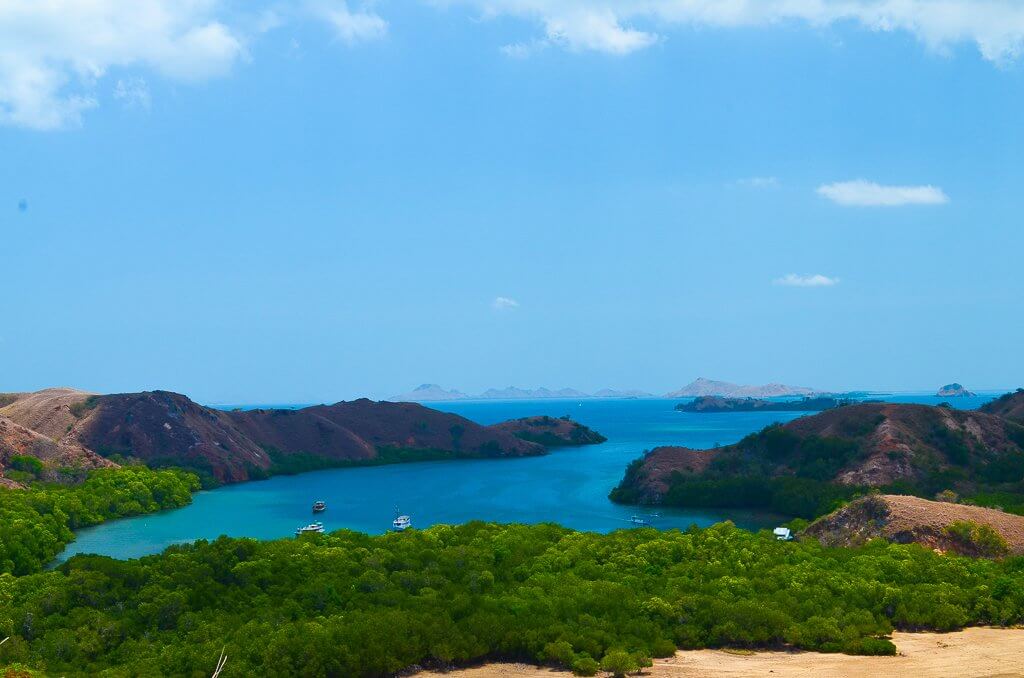

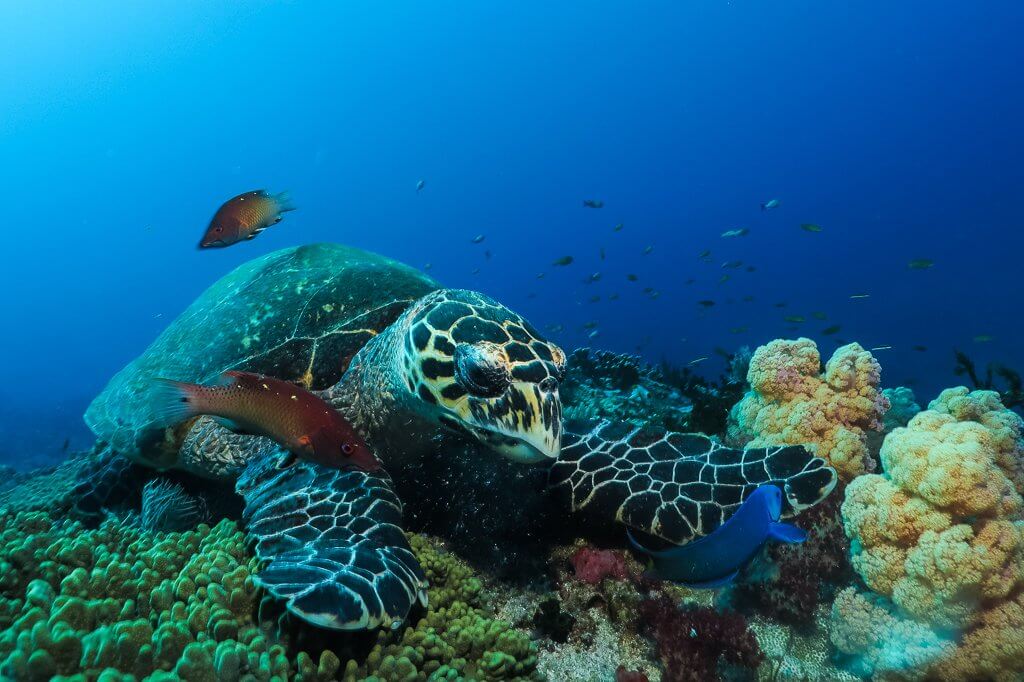

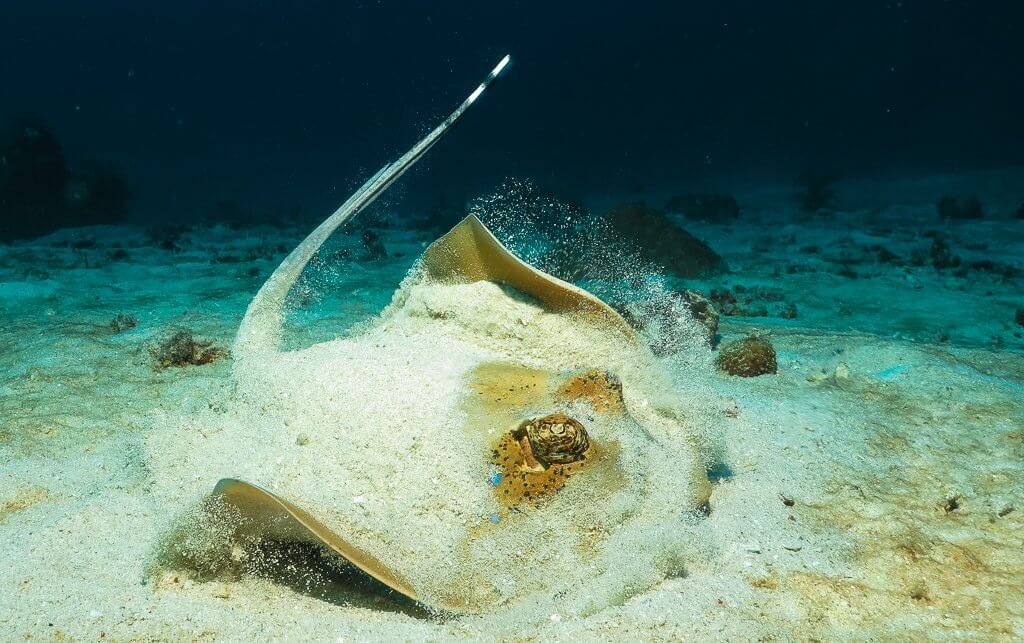
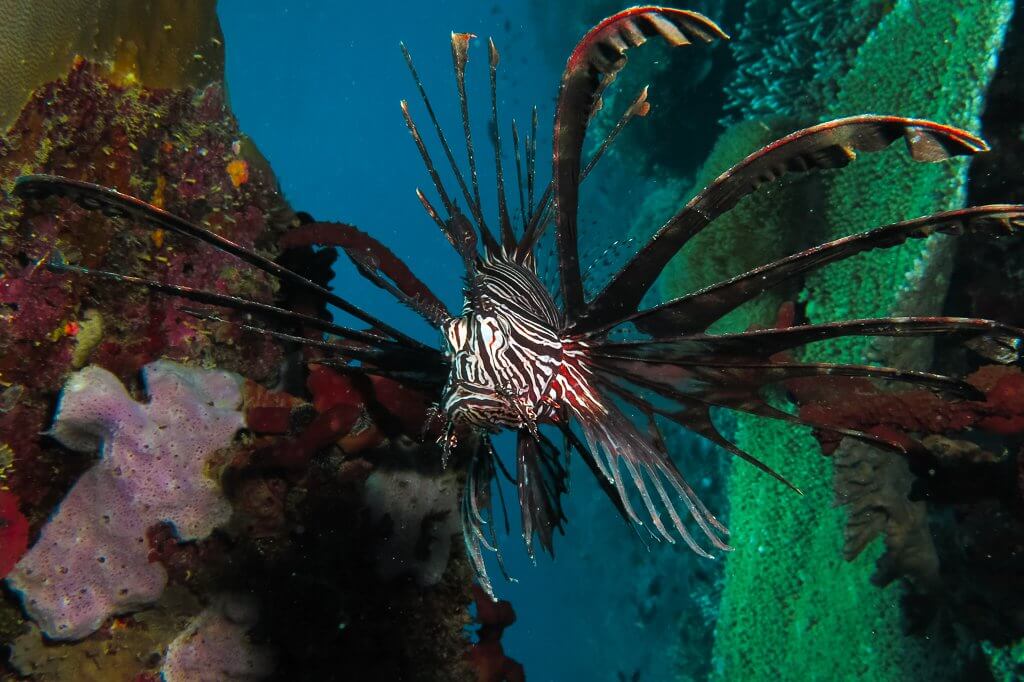
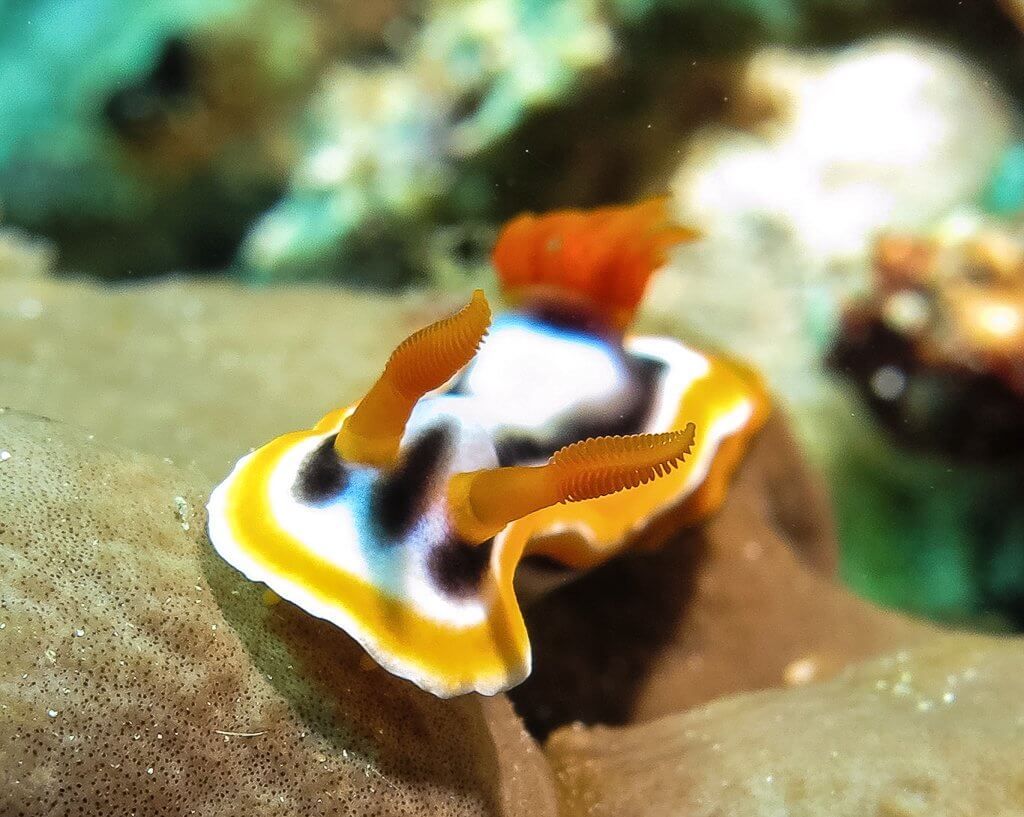
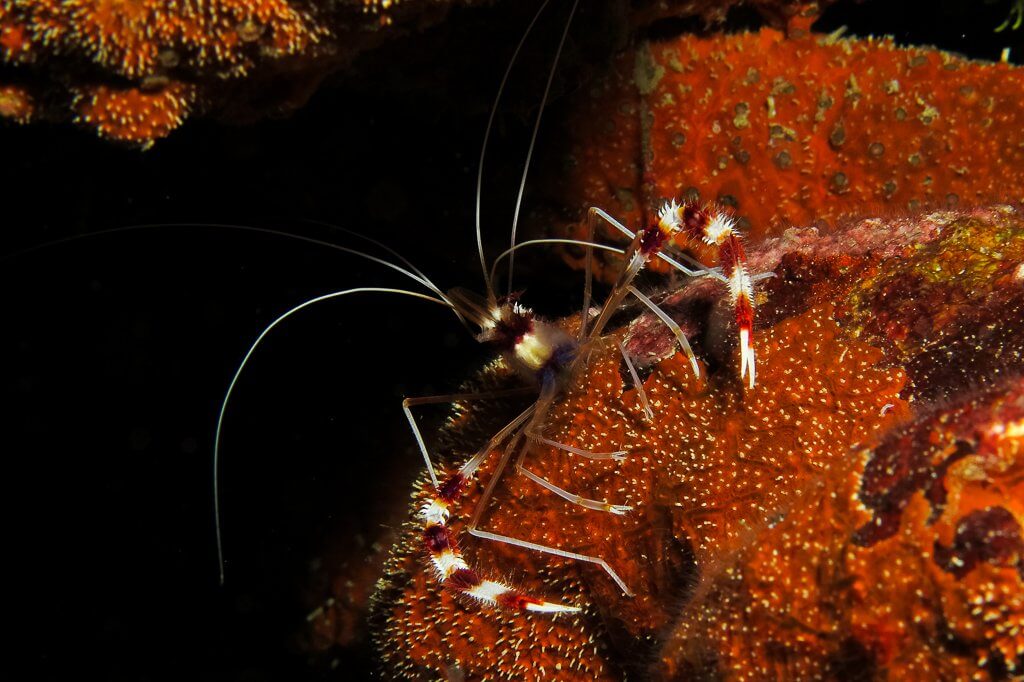

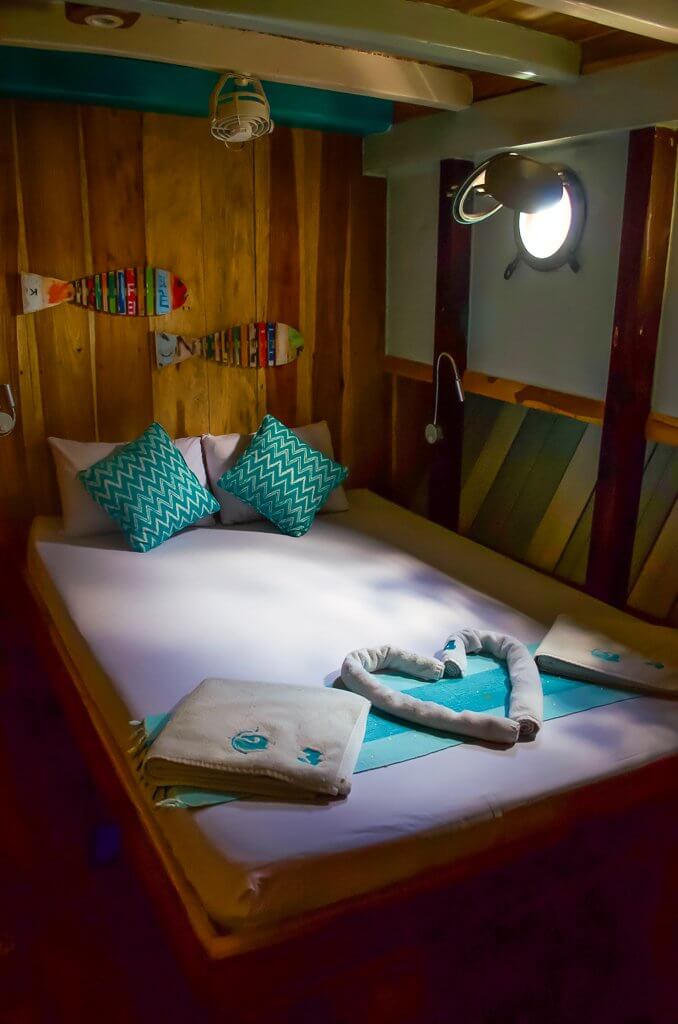

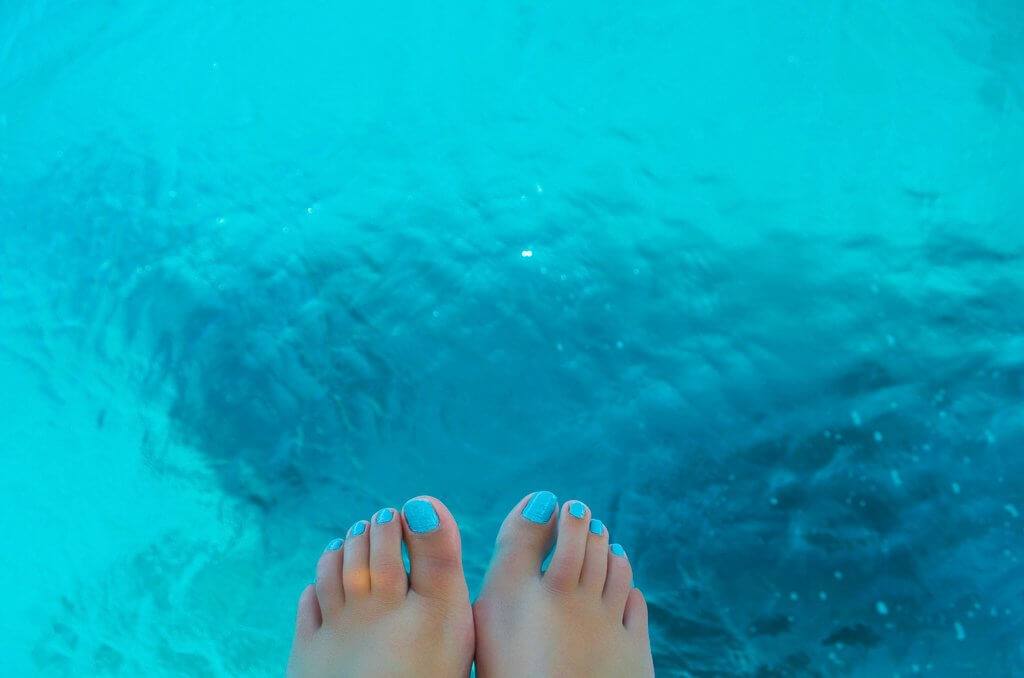
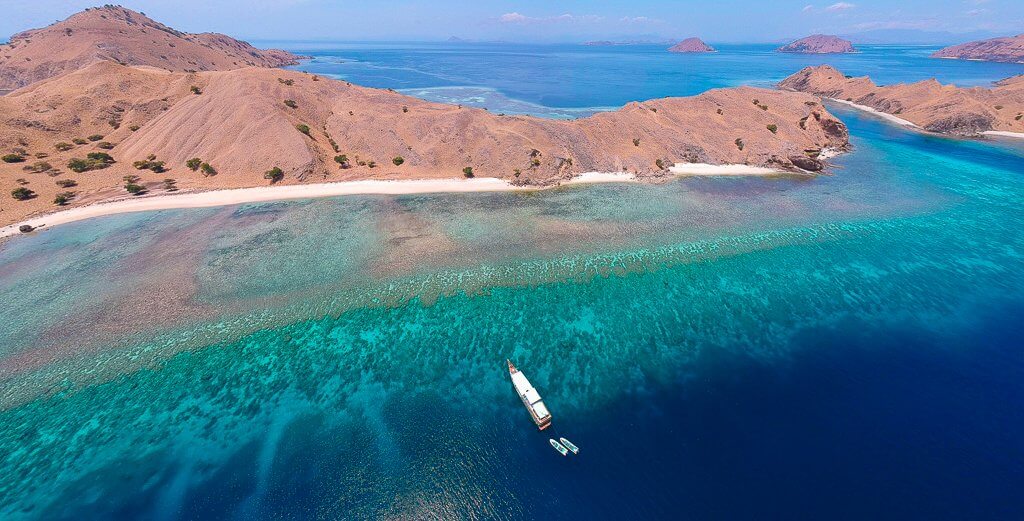

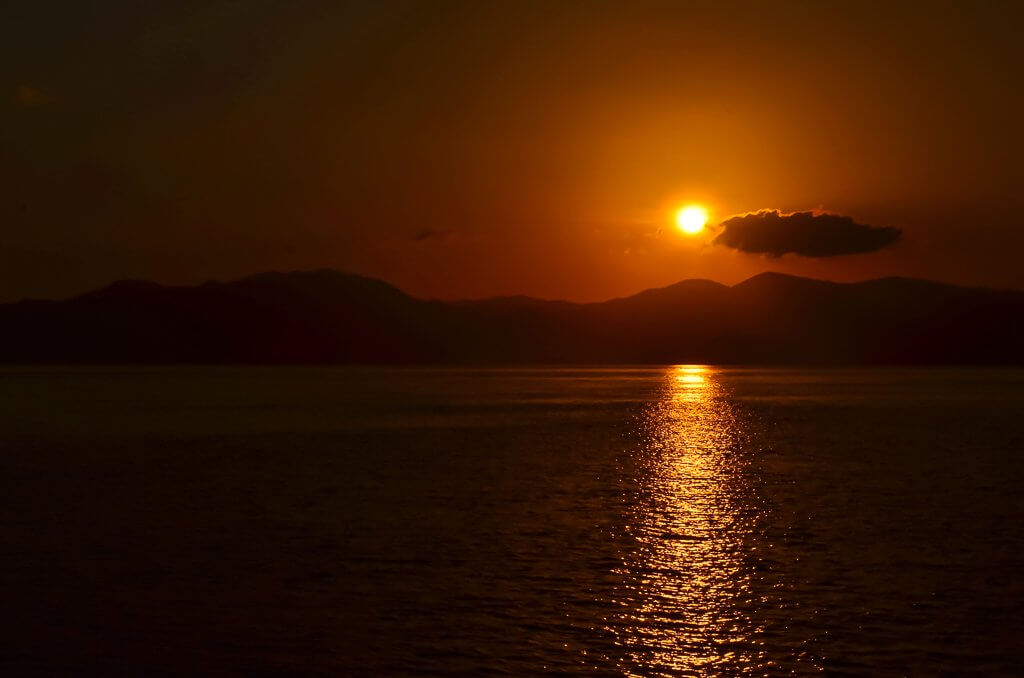
Komodo National Park: My Top Photography Tips
Whilst visiting either Rinca or Komodo island to spot the ginormous and rather dangerous Komodo dragons I would recommend packing your zoom lens so you can get a lovely close up without getting too close yourself! As with all wildlife photography setting your shutter speed to circa 1/1000 will help get the sharpest picture, especially if you’re trying to capture the Komodo dragons flicking their tongue.
During a liveaboard in Komodo you will see such a wealth of underwater wildlife that you’ll definitely want to bring an underwater camera. If you are just starting out in underwater photography, a Go Pro is a great starter camera, built for action and offering both video and photo functionality. For those with more experience you may want to invest in a more serious piece of kit to get those amazing underwater shots.
Underwater at depth red colours are the first to be lost, to counteract this you can purchase an inexpensive red filter for your Go Pro, just remember to take this off when you get back above the water or at shallower depths else you’ll have very red tinted photos! If shooting from a professional rig you can use strobes to ensure vibrant colours. Aim to position the strobes reasonably far from the lens to reduce backscatter.
There are several key things to remember when using your camera underwater, most importantly you must be in control of your buoyancy at all times when trying to get that perfect shot to ensure you don’t accidentally damage the fragile reefs. Remember that just a few seconds is all it takes to damage corals that have taken thousands of years to form.
No one ever wants to lose their photos or snazzy camera equipment. To make sure you don’t lose your camera during a dive ALWAYS make sure all your equipment is attached to your either with a wrist strap or carabiner clip. I cannot stress this enough after seeing three people lose their Go Pros during a three day trip!
The other danger when working with water is your camera getting flooded. Always triple check your casing is watertight before going anywhere near water, and make use of the camera tanks onboard before diving – if your case is bubbling when submerged remove it sharpish. You’ve much more chance of salvaging your camera from a spot of fresh water than after a dive with salt water.
Find out more…
Uber Scuba – http://uberscubakomodo.com
Pablo Juarez – dubversion89@gmail.com
